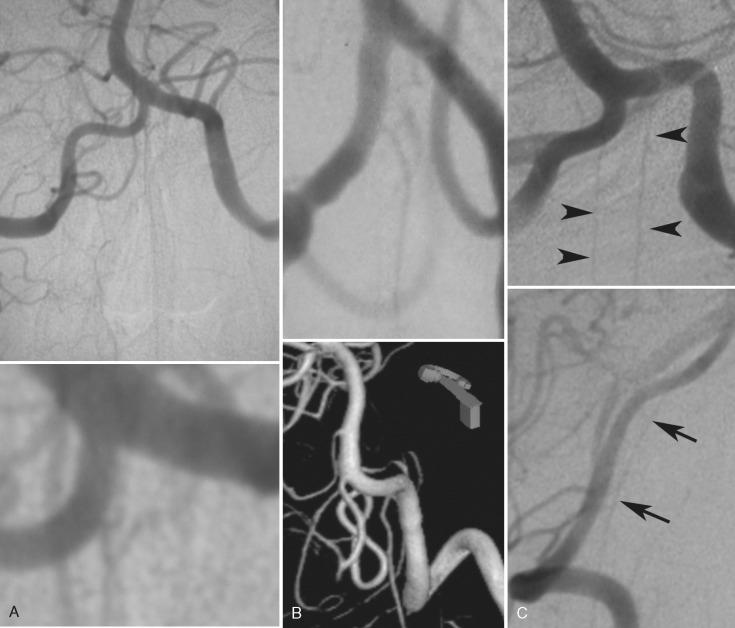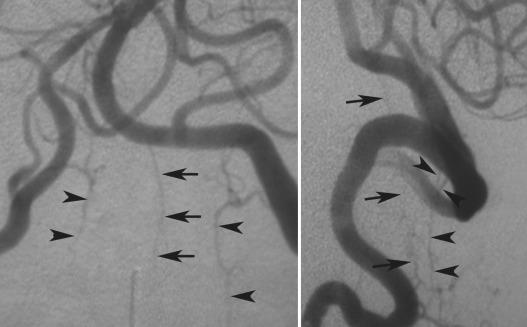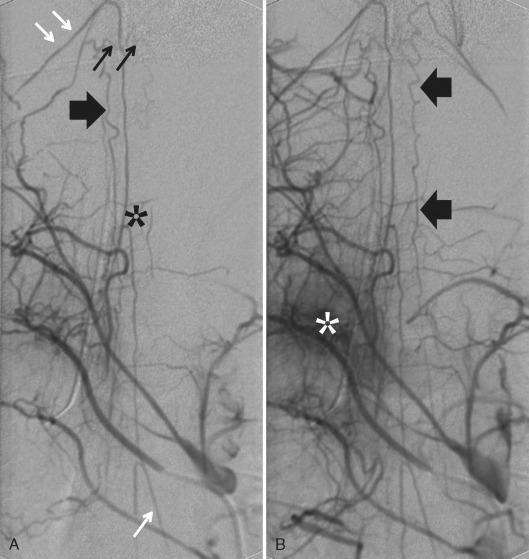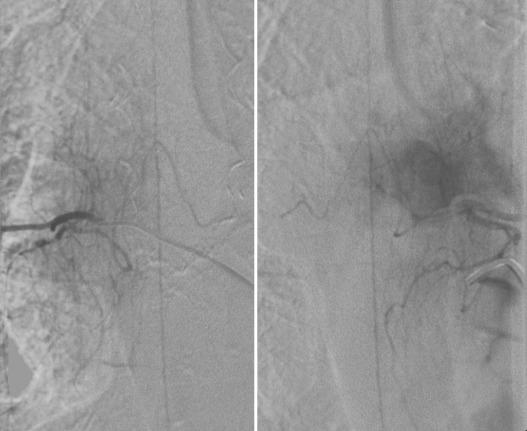Physical Address
304 North Cardinal St.
Dorchester Center, MA 02124
The normal vascular anatomy of the spine and spinal cord is described in this chapter as it follows the blood flow from large arteries to smaller arterial trunks and through the capillaries to venous drainage channels of progressively larger size. The application of this anatomy to the imaging of spinal cord pathology is reviewed elsewhere.
In the segmented spine, the metamere consists of the vertebral body, the paraspinal muscles, the dura, the spinal cord, and the nerve roots for that segment. The blood supply to each metamere derives from the corresponding segmental artery. In the fetus, segmental arteries are present for each of the 31 spinal segments. After intrauterine vascular rearrangement, however, the typical segmental supply is preserved only in the thoracic and lumbar regions: in most of the thoracic region these segmental arteries are the intercostal arteries. In the uppermost thoracic region, several thoracic segments evolve into a common feeder, designated the supreme intercostal artery. In the lumbar region, the four or five lumbar arteries represent the segmental arteries on each side.
The segmental arteries typically supply all the tissues on one side of a given metamere, except for the spinal cord. Because of its embryologic origin, each metamere is centered at the level of the vertebral disc and includes two half vertebrae: the half vertebra above the disc and the half vertebra below the disc. Therefore, each vertebra is supplied by two sequential segmental arteries on each side. These segmental arteries anastomose extensively across the midline; they also anastomose above and below the segmental boundaries via an extraspinal longitudinal system that interconnects neighboring segmental arteries longitudinally ( Figs. 8-1 and 8-2 ).


This system is highly developed in the cervical region, where the vertebral artery, the deep cervical, and ascending cervical arteries form the most effective chain of longitudinal anastomoses. On each side, the vertebral artery, the deep cervical artery, and the ascending cervical artery provide three potential sources of blood supply to the cervical spine. The vertebral arteries constitute a chain of intersegmental anastomoses, each able to supply a cervical segment. The most prominent cervical arterial anastomosis is the arcade of the dens. In the upper cervical region, potential sources of metameric blood supply include the anastomoses with the external carotid artery via (1) the occipital artery (the C1 and C2 anastomoses) and (2) the ascending pharyngeal artery (the hypoglossal artery that anastomoses with the C3 collateral of the vertebral artery via the odontoid arterial arch). In the sacral and lower lumbar region, the most important supply to the caudal spine arises from the sacral arteries and the iliolumbar artery derived from the internal iliac arteries. These often supply the L5 level.
The segmental spinal vessels course on the lateral aspect of the vertebra or transverse process. They first pass posteriorly along the curve of the vertebral body to supply the periphery of the vertebral body via perforating arteries. At the neural foramen, the spinal branch of the segmental artery passes medially and enters the vertebral canal through the neural foramen. There it regularly divides into three branches: an anterior and a posterior artery of the vertebral canal that supply the bony spinal column and a radicular artery that supplies the dura and nerve root at every segmental level. The muscular branch of the segmental artery continues on, posterior to the neural foramen, to supply the paraspinal musculature.
Within the spinal canal, an intraspinal extradural system establishes transverse anastomoses between sides and longitudinal anastomoses among segments. The retrocorporeal and prelaminar arteries supply the bone and dura and interconnect with neighboring and contralateral segmental arteries. These anastomoses provide an excellent collateral circulation. The multiple bilateral, intersegmental, intraspinal and extraspinal anastomoses explain why many segmental arteries can be visualized after injection of just one segmental artery. The extensive network of anastomoses protects the spinal cord against ischemia due to segmental arterial occlusion ( Figs. 8-3 and 8-4 ).


Become a Clinical Tree membership for Full access and enjoy Unlimited articles
If you are a member. Log in here